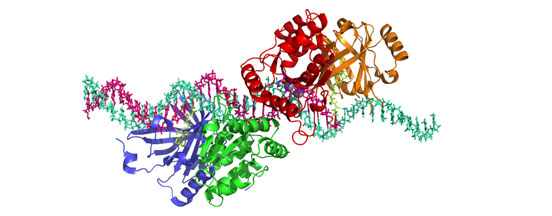


Worldwide the production of industrial enzymes by fermentation represents the second largest deployment of microorganisms, with bioethanol as the largest fermentation product. Industrial enzymes are widely used in a range of food applications as well as to produce fermented beverages, and as processing aids for cleaning as detergent additives, for leather tanning and animal hide treatment, protein processing, animal feed and in a range of pharmaceutical and other biotechnological uses. Amylases, proteases, pectinases, xylanases, cellulases, esterases, lipases, and phytases represent the majority of commodity enzymes in use. Some of the specialty low volume enzyme polymerases and nucleases are used in a narrow range of high value applications in biotechnology. Other enzymes are used in the synthesis of chiral compounds and other pharmaceutical products. In 2016, the industrial enzymes market was valued at $ 4,742.68 billion. The market for industrial enzymes is expected to have an annual growth rate of over 6.0 % during 2018-2023 with 62% of the market sales being in North America and Asia-Pacific.
References
Gander, J., Bonetti, S., J. Brouilette, J. and C. A. Abbas (1993). Depolymerization of structural polymers: use of phosphodiesterases and glycohydrolases.” Biomass and Bioenergy 5: 35-51.
Himmel, M.E., Abbas, C.A., Baker,J.O., Bayer, E.A., Bomble, Y.L.,R. Brunecky,R., Chen,X., Felby, C., Jeoh,T., R. Kumar,R., McCleary, B.V., Pletschke,B.I., Tucker, M.P., Wyman,C.E., and S. R. Decker (2017). Undefined cellulase formulations hinder scientific reproducibility. Biotechnol Biofuels 10:283 DOI 10.1186/s13068-017-0974-y.